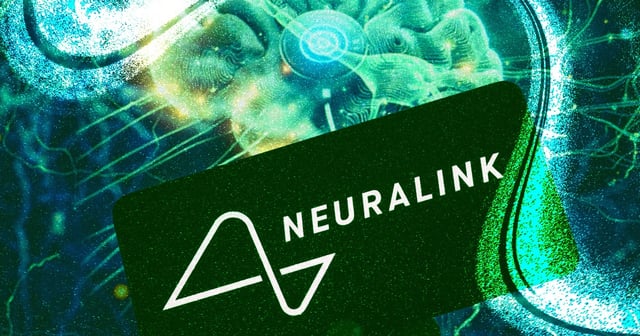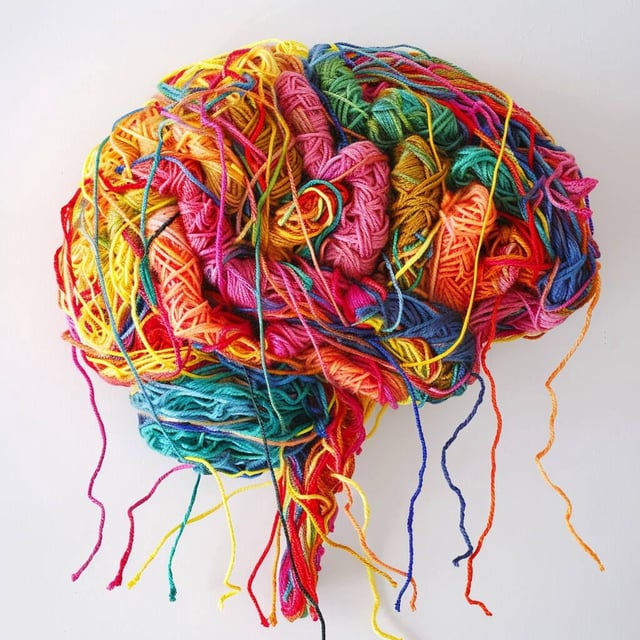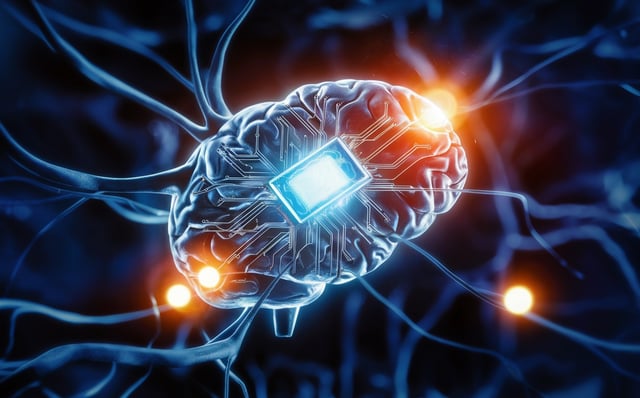Overview
- Neuralink's first human patient experienced wire retraction weeks after the implant was inserted.
- The company had known about the risk of wire retraction from earlier animal tests.
- Adjustments to the device's algorithm improved its sensitivity and functionality.
- The FDA was aware of the potential issue when it approved the human trials.
- Neuralink plans to implant devices in 10 more patients by the end of the year.



